Is Indian Food Good? A Spicy Journey Through Flavor, Culture, and Health
Table of Contents
- Introduction: Why the World Loves Indian Food
- The Flavor Science Behind Indian Cuisine
- Is Indian Food Healthy?
- Spice It Up: The Magic of Indian Spices
- Buying Guide: Must-Have Spices for Your Kitchen
- 5 Beginner-Friendly Indian Recipes to Try at Home
- Cultural Richness on a Plate
- Conclusion: Yes, Indian Food is Absolutely Good!
Introduction: Why the World Loves Indian Food
If you've ever had the pleasure of tasting authentic Indian food, you know it’s more than just a meal—it's an experience. From the earthy warmth of cumin to the fiery kick of red chili, Indian cuisine is a celebration of flavor that captivates taste buds around the globe.
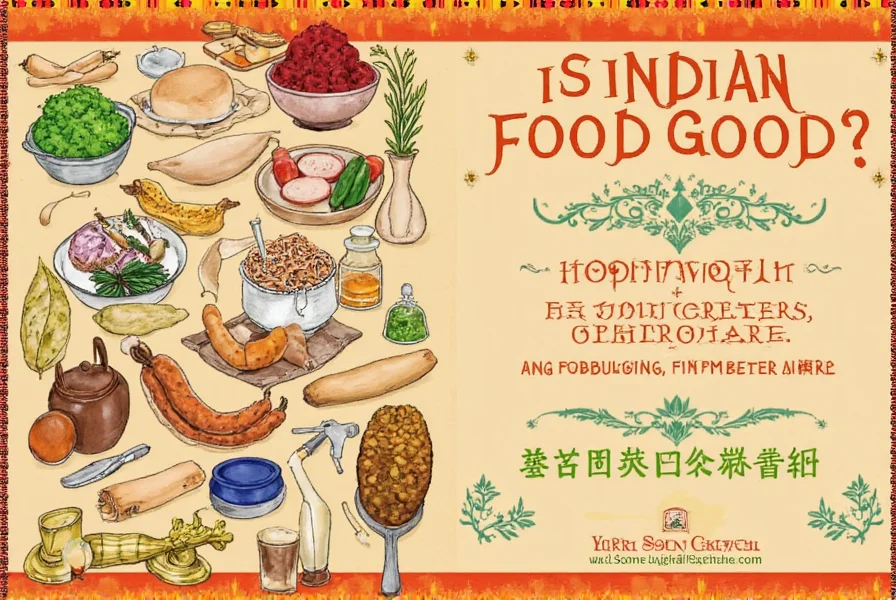
In this article, we’ll explore whether Indian food is good by diving into its health benefits, cultural significance, essential spices, and practical cooking tips. Whether you're a seasoned home cook or a curious foodie, there’s something here for everyone.
The Flavor Science Behind Indian Cuisine
One of the biggest reasons people ask “is Indian food good?” is because of its intense and complex flavor profiles. Indian dishes often combine sweet, sour, salty, bitter, and umami in one bite—making every mouthful a flavor explosion.
| Dish | Key Flavors | Popular Ingredients |
|---|---|---|
| Butter Chicken | Creamy, tangy, slightly sweet | Tomatoes, butter, fenugreek, yogurt |
| Chana Masala | Earthy, spicy, tangy | Chickpeas, ginger, garlic, garam masala |
| Palak Paneer | Herbaceous, mild, aromatic | Spinach, paneer, mustard seeds, cumin |
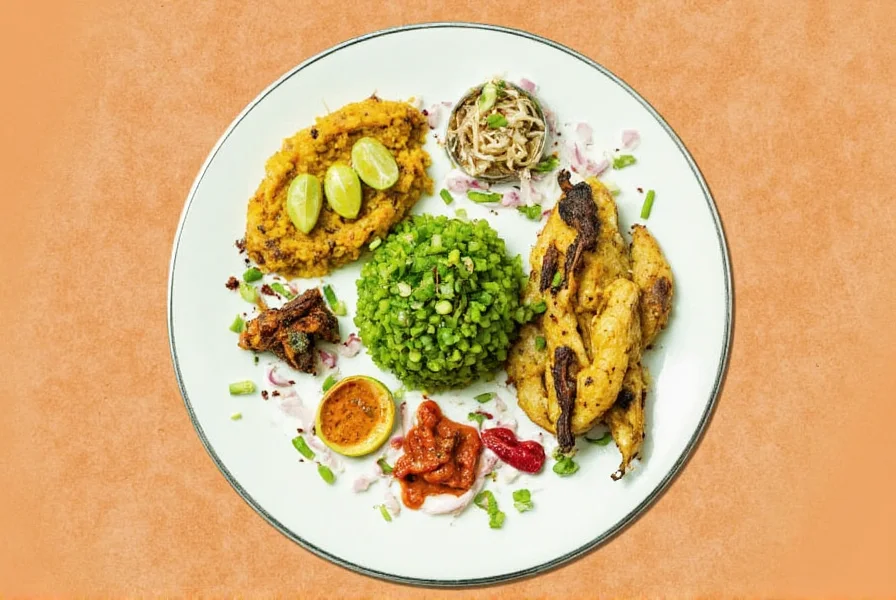
The key to Indian cuisine lies in how ingredients are layered and cooked. The use of tadka (tempering spices in oil) enhances flavors dramatically. This technique unlocks the essential oils in spices, making them more aromatic and potent.
Is Indian Food Healthy?
While many think Indian food is heavy due to the use of ghee, dairy, and rich gravies, the truth is, traditional Indian cooking can be incredibly nutritious. Let’s break it down:
- High in plant-based proteins – Dals, lentils, and chickpeas are staples.
- Fiber-rich – Whole grains like millet, quinoa, and whole wheat breads (roti) are commonly used.
- Antioxidant-packed – Turmeric, ginger, and garlic offer powerful anti-inflammatory benefits.
- Healthy fats – Ghee and mustard oil contain beneficial fatty acids when used in moderation.
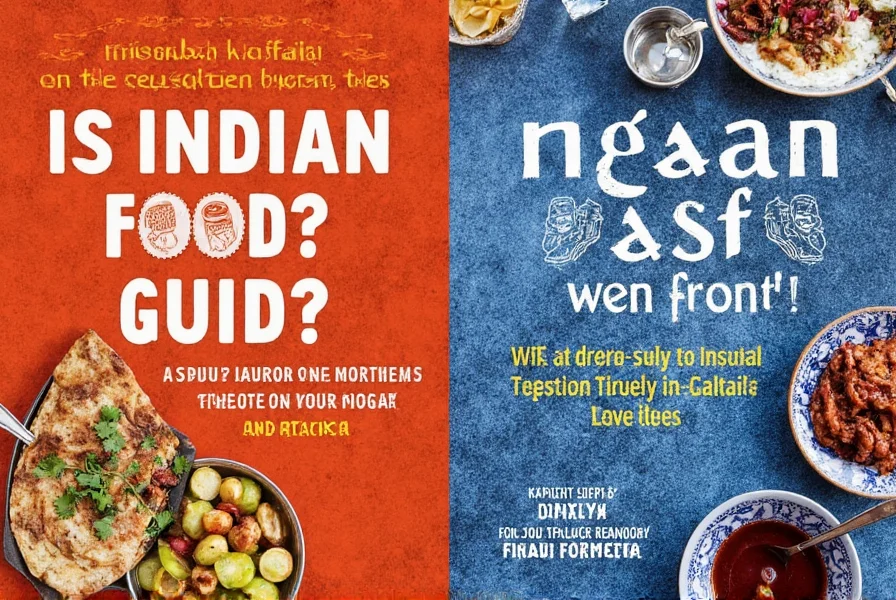
Of course, modern versions with excessive cream, sugar, or fried items may not be ideal for daily consumption. But stick to traditional preparations, and Indian food can easily fit into a balanced diet.
Spice It Up: The Magic of Indian Spices
No discussion about Indian food is complete without talking about spices. These aren’t just for heat—they’re flavor builders, color enhancers, and medicine cabinets all rolled into one.
Top 6 Essential Indian Spices
- Cumin Seeds (Jeera) – Adds earthy depth and aids digestion.
- Turmeric (Haldi) – Known for its golden hue and anti-inflammatory properties.
- Coriander Powder (Dhania) – Sweet and citrusy; balances hotter spices.
- Red Chili Powder (Lal Mirch) – For heat lovers! Adjust based on tolerance.
- Garam Masala – A warm, aromatic blend typically added at the end.
- Mustard Seeds (Rai) – Used in tadka, they add a nutty crunch.
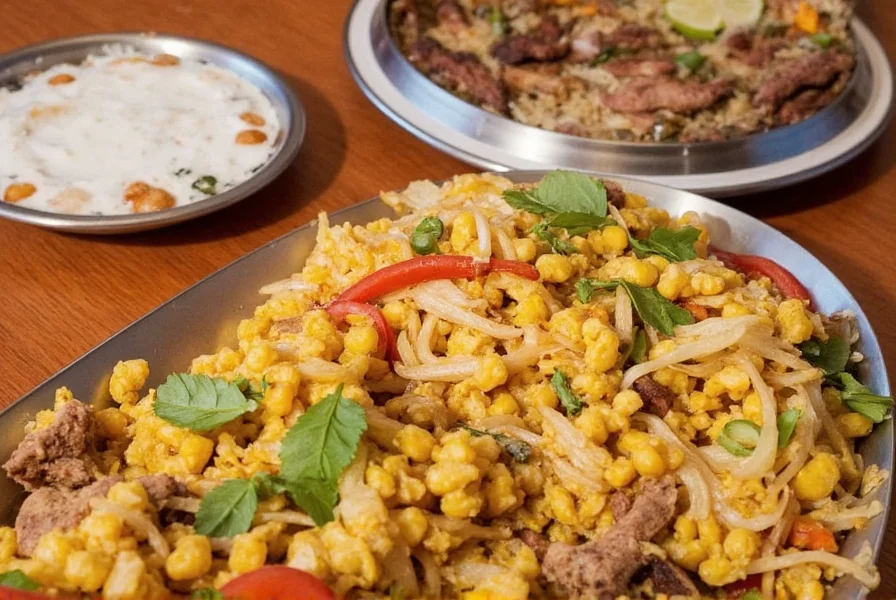
A great tip for beginners is to toast whole spices before grinding them. This releases their natural oils and intensifies the flavor. You can even make your own spice blends at home—more on that in our buying guide below!
Buying Guide: Must-Have Spices for Your Kitchen
If you're new to Indian cooking, don't get overwhelmed. Start with these foundational products and build from there:
| Product | Features | Best Use Case | Target Audience | Recommended Brand |
|---|---|---|---|---|
| Garam Masala Blend | Premixed, aromatic, easy-to-use | Add at the end of cooking for warmth | Beginners and quick meals | Mrs. Dash or Everest |
| Turmeric Powder | Bright yellow, anti-inflammatory | Rice, soups, and vegetable dishes | Health-conscious cooks | Simply Organic or McCormick |
| Cumin Seeds | Whole form offers stronger flavor | Tadka base for most Indian curries | Experienced cooks and purists | SunOpta or Badia |
| Curry Leaves | Dried or fresh, adds sharp aroma | South Indian dishes and stir-fries | Adventurous home cooks | Patel Brothers or Amazon Brand |
| Red Chili Powder | Varying heat levels available | For spice lovers and bold flavors | Those who enjoy heat | Kashmiri (mild) vs Byadgi (hot) |
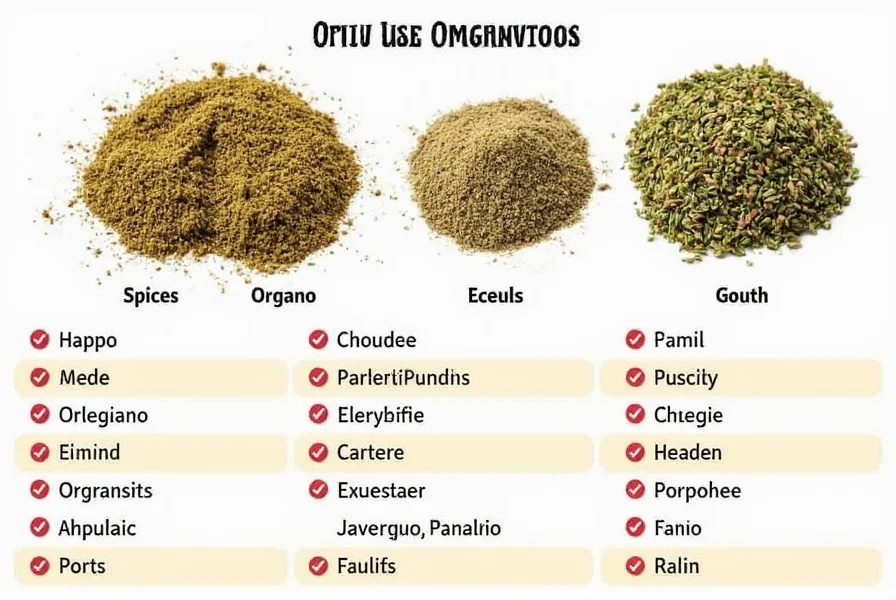
Pro Tip: Store spices in airtight containers away from light and moisture to preserve potency and flavor for longer periods.
5 Beginner-Friendly Indian Recipes to Try at Home
You don’t need decades of experience to make delicious Indian food. Here are five simple recipes to start with:
- Vegetable Biryani – Layered rice dish with veggies, saffron, and spices.
- Chole (Chickpea Curry) – Hearty, protein-packed, and budget-friendly.
- Dal Tadka – Lentils tempered with cumin, garlic, and tomatoes.
- Paneer Tikka Masala – Grilled cheese cubes in a spiced tomato gravy.
- Simple Aloo Gobi – Sautéed potatoes and cauliflower with turmeric and cumin.
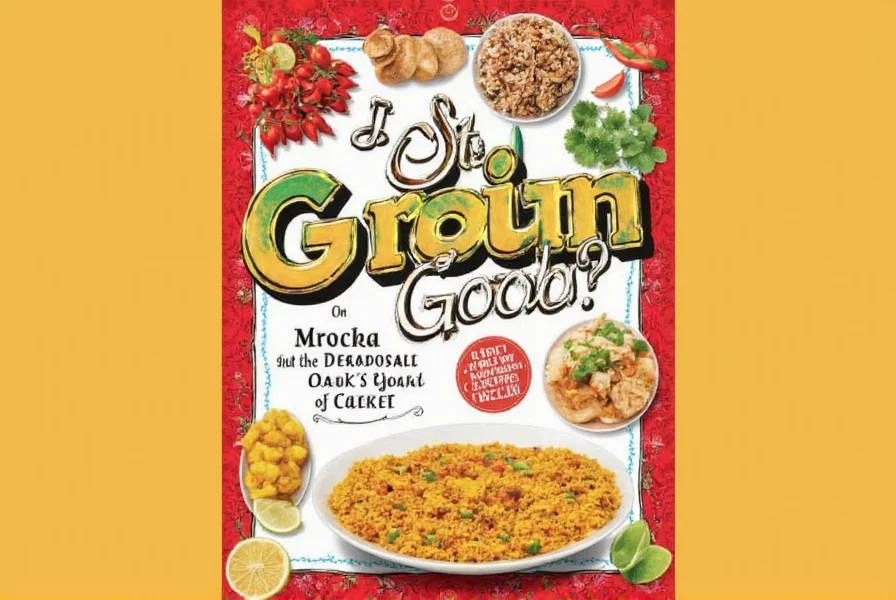
Most of these recipes can be made in under 45 minutes and require only basic pantry staples. Pair them with naan or roti for a satisfying meal that’s both comforting and nourishing.
Cultural Richness on a Plate
Indian food isn’t just about taste—it tells stories. Each region of India has its own culinary traditions shaped by geography, climate, religion, and history. From the coconut-rich dishes of Kerala to the tandoor-baked breads of Punjab, Indian food is as diverse as its people.
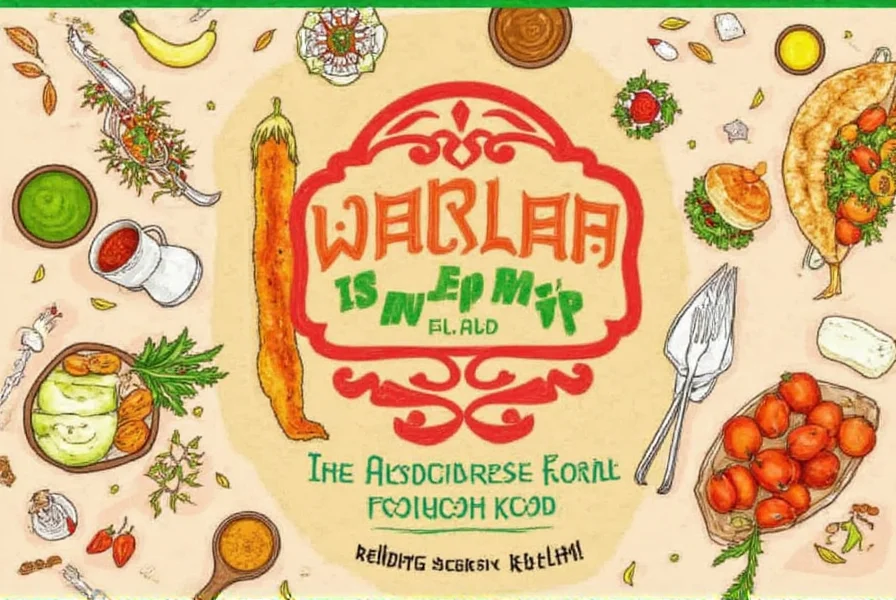
Sharing food is deeply rooted in Indian culture. Festivals, weddings, and family gatherings all revolve around meals prepared with love and shared generously. So when someone asks “is Indian food good?”, the answer also includes the warmth and hospitality behind every dish.
Conclusion: Yes, Indian Food is Absolutely Good!
From its deep-rooted health benefits to its incredible variety of flavors and textures, Indian food is more than just good—it’s exceptional. Whether you're savoring a slow-cooked curry or enjoying street food like samosas and pav bhaji, every bite is a celebration of life, culture, and community.
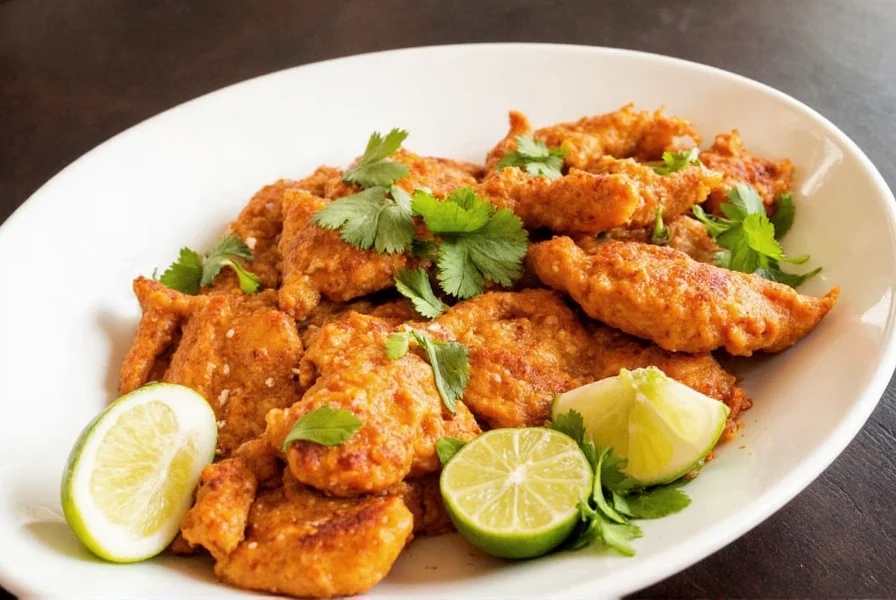
So next time you wonder if Indian food is good, remember: it’s not just about what you eat—it’s about how it makes you feel. And if you haven’t tried it yet, what are you waiting for? Spice up your kitchen and embark on a culinary adventure that spans continents and centuries!

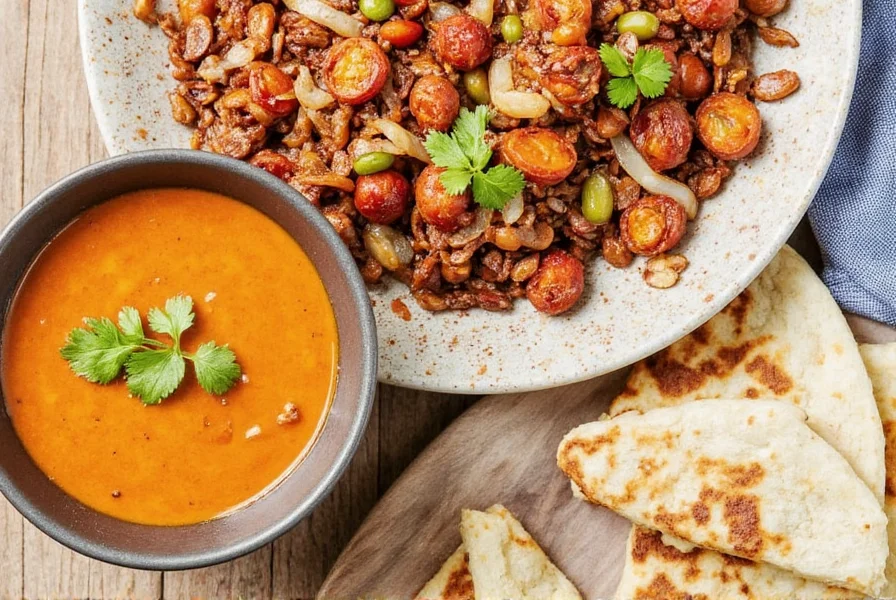









 浙公网安备
33010002000092号
浙公网安备
33010002000092号 浙B2-20120091-4
浙B2-20120091-4